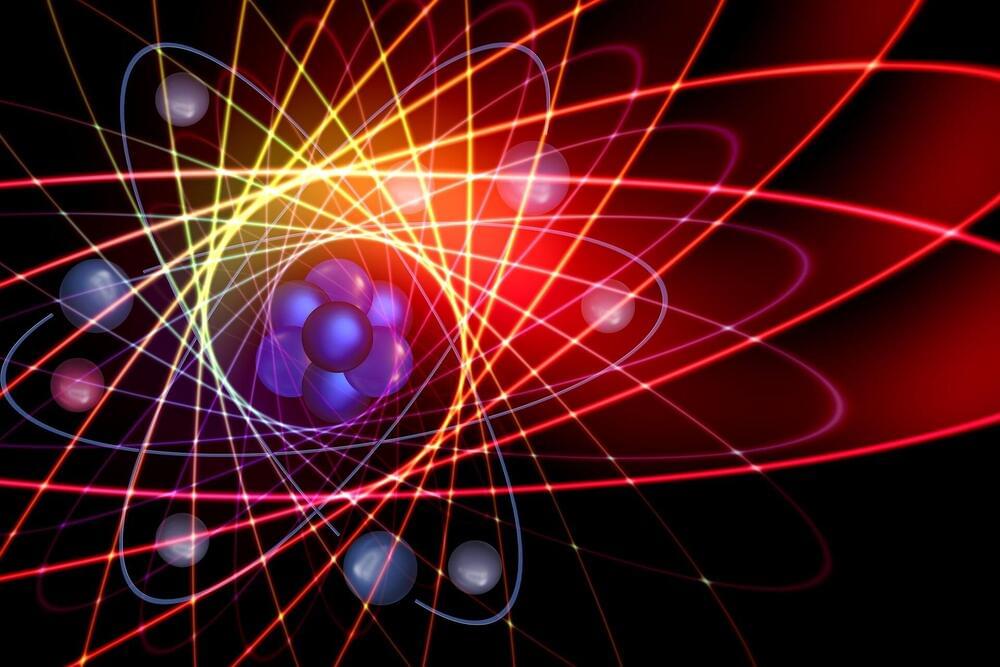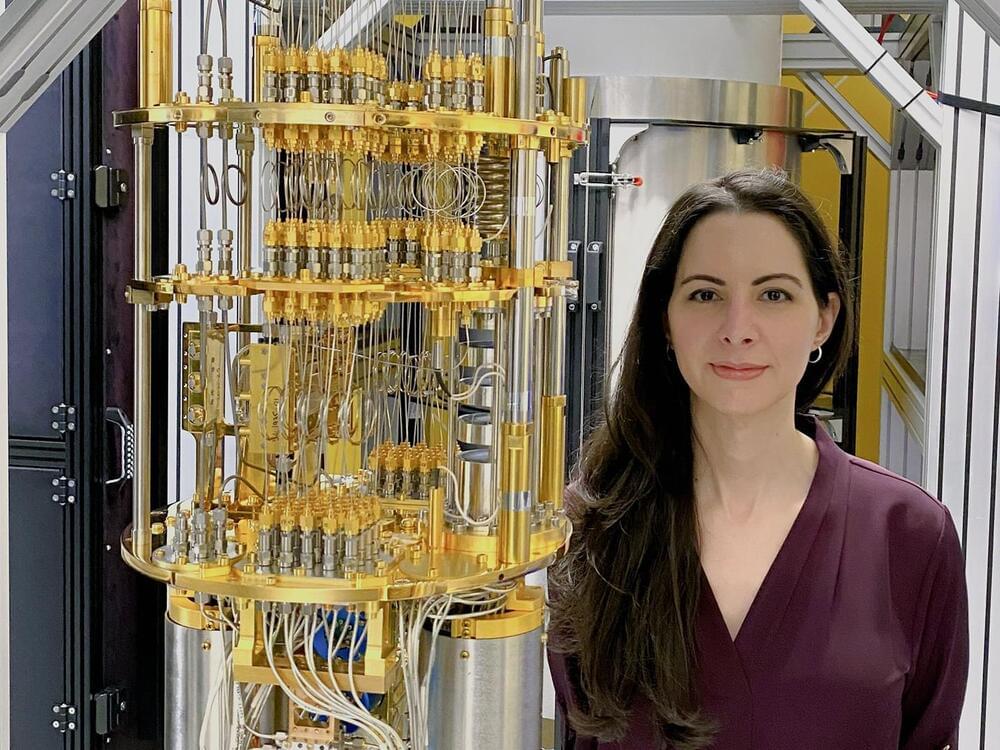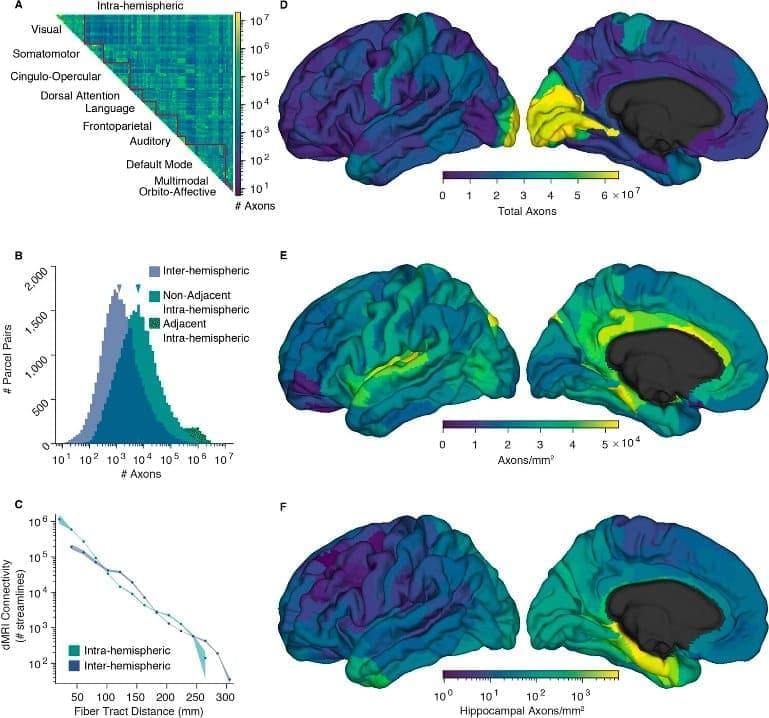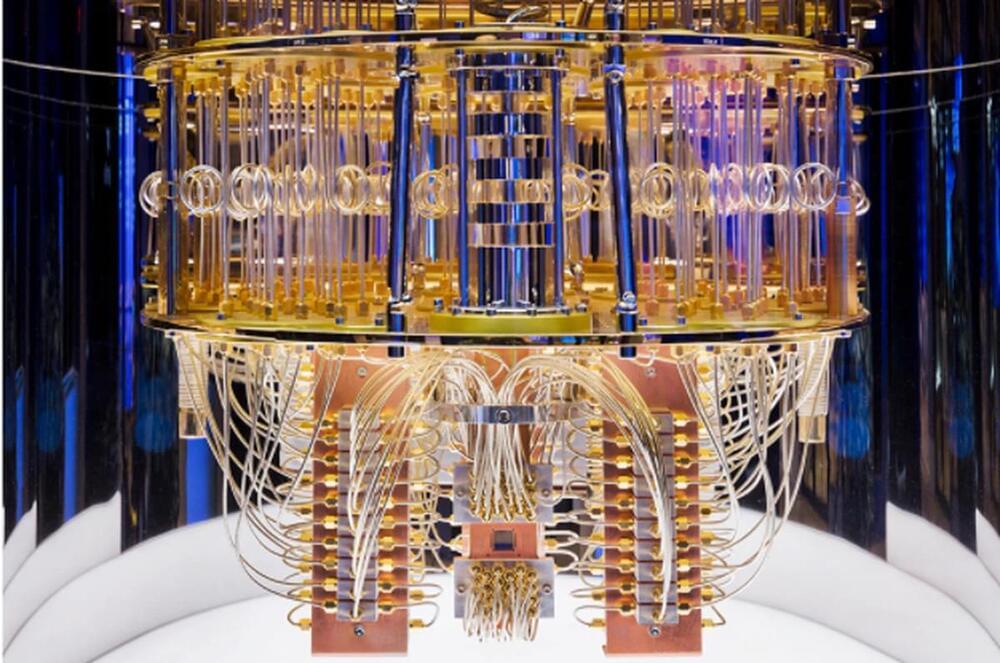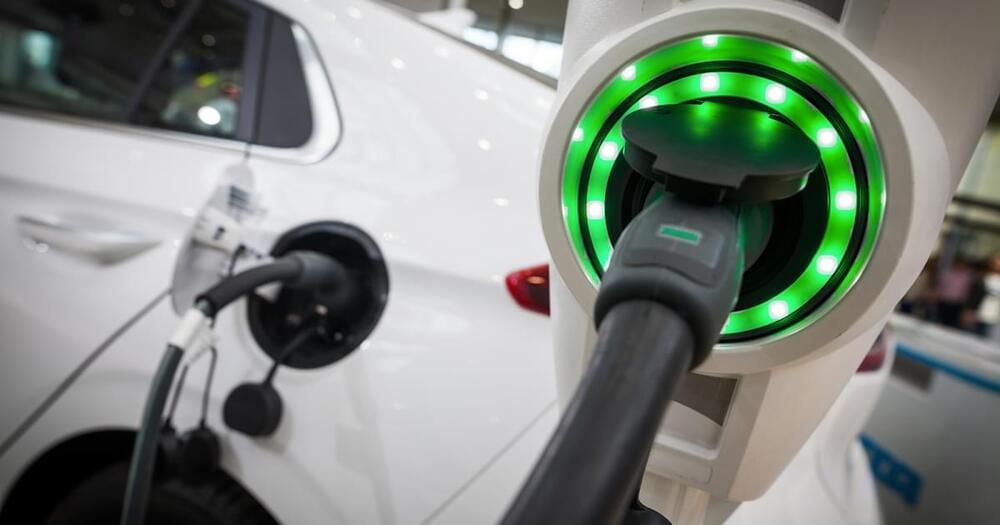
“The human brain has 100 billion neurons, each neuron connected to 10 thousand other neurons. Sitting on your shoulders is the most complicated object in the known universe,” observes physicist Michio Kaku. The neocortex, observed Carl Sagan is where “matter is transformed into consciousness.” Located deep in the brain’s center, the subcortex, the most evolutionarily ancient part of our brain, processes everything from our basic senses to long-term memories.
“Most Perfectly Organized Part”
Noble Prize laureate Roger Penrose suggest that the human brain and its cerebral cortex, the folded gray matter that covers the first couple of millimeters of the outer brain like wrapping paper, is more complex than our Milky Way Galaxy. “If you look at the entire physical cosmos,” Penrose says, our brains are a tiny, tiny part of it. But they’re the most perfectly organized part.”



